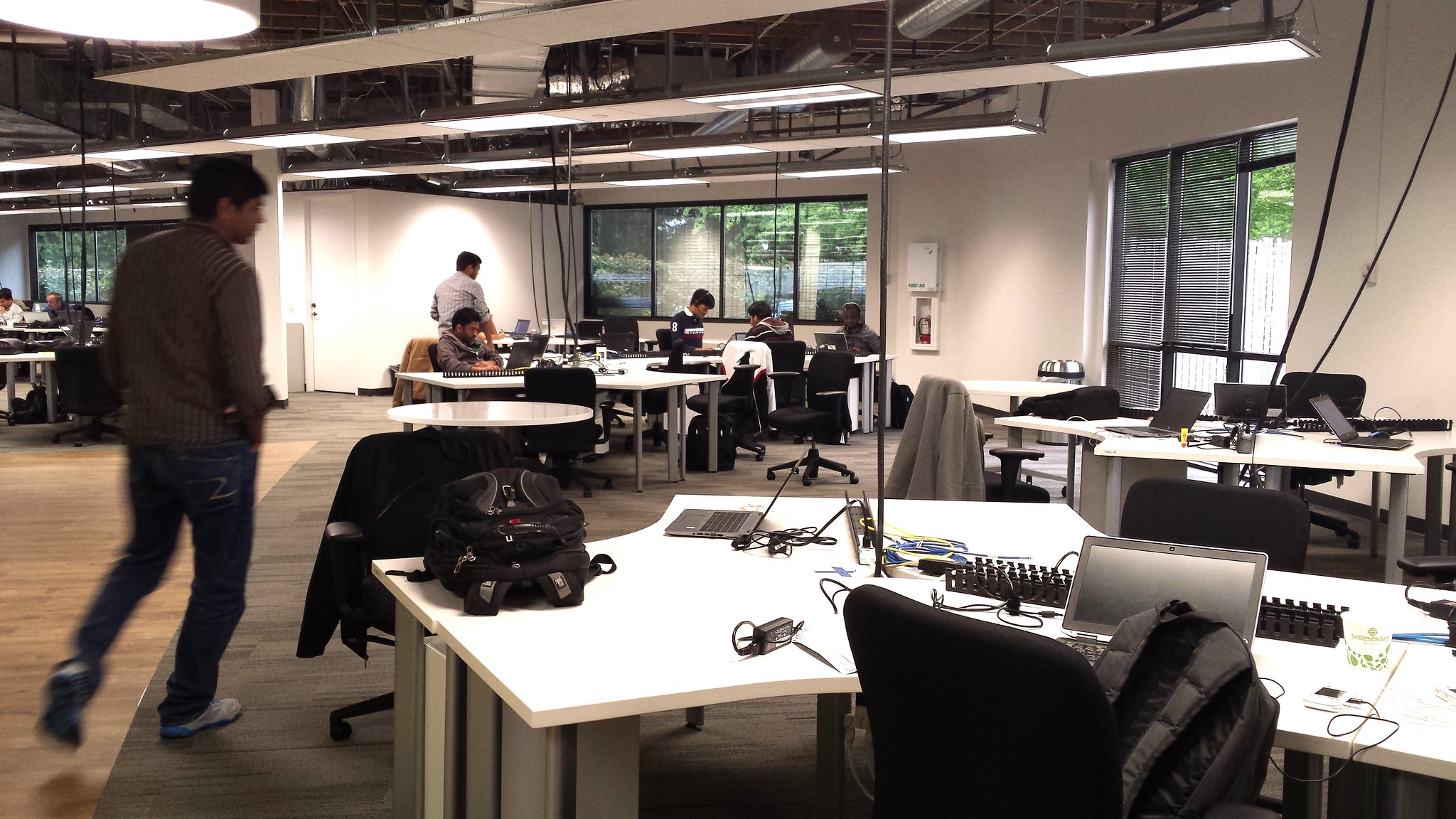Leesurely Chats
Posted

As a technology leader, the core of my job is to create the conditions for success on our development teams. In the past, I relied on drive-by conversations, grabbing lunch with random folks, and the “feel” of things you get just by looking around and listening. Visiting remote offices was part of the job. These things often pointed me to areas that needed deeper attention.
These Gemba walks, also known as “Management by walking around,” were a natural, human way to stay connected to the truly important people - the makers. I often say that those are the folks doing the real work; I just make powerpoint presentations. That usually draws a chuckle, but it’s only about 25% a joke…
Over the past few months I’ve been trying a new technique that is working pretty well. We call them “Leesurely Chats” (props to my leadership team for helping come up with the pun). I may try calling them “Let’s talk Candid-Lee” next…
Puns aside, what we do is compile a list of every individual on every team, regardless of whether they are a contractor or FTE, and regardless of role. Then we schedule a video call with four or five of them at a time and myself. There is no set agenda - I’m not there to sell them on anything. For context, I am two levels of management removed from these folks.
I typically start the discussion by talking about how Gemba walks were started at Toyota so long ago. I stress that the Toyota walks were effective because both the worker and the manager were committed to continuous improvement. Then I turn things over to them to talk about whatever they want. My biggest goal with the folks in the room is to make sure they leave feeling heard. I want them to know I understand the challenges they are facing and that I’m working on their behalf.
I take notes during the discussions. This helps me identify trends and patterns from one Leesurely chat to the next. Striking the right balance in how I respond to things is the hardest part of these. I try to be careful not to be defensive of what they bring up, but when there is work happening to address a pain point I want them to be aware of it. In my 1:1s with their managers I test this to make sure I’m getting it right based on how they describe the meeting.
My main goal with these is making sure the system of systems we’ve built is working. I assume there will always be problems and opportunities. The question is, are those making it to the right leaders and are they getting the attention they deserve? These chats are helping me test the way various shared services teams are operating against the reality our teams live in.
I think this is one of those areas where remote working helps. I can have a conversation with a representative sample of folks in a portfolio with hundreds of team members much faster than I could have when we were all in distributed offices. These chats are helping me feel more assured about whether I have a realistic picture of what things are like for our teams.
I hope this idea helps you find new and better ways to stay connected to your teams as well. If you have techniques that are working for you, I’d love to hear about them.

